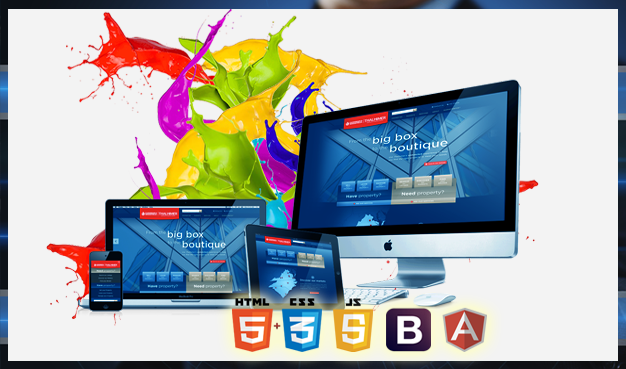- Have any questions?
- (Prasad) +91 96191 46851 | (Parag) +91 99878 20022
- support@pnpwebdesign.com
The Ultimate Guide to Building Your Online Store

Elevate Your Online Presence with a Leading Shopify Website Design Company
February 11, 2024
Mastering Shopify Website Design: A Comprehensive Guide
February 12, 2024The Ultimate Guide to Building Your Online Store

In today’s digital age, the opportunity to build an online store has never been more accessible. Whether you’re a seasoned entrepreneur or just starting your journey into ecommerce, creating an online store opens up a world of possibilities for reaching customers, driving sales, and growing your brand. In this comprehensive guide, we’ll walk you through the step-by-step process of building your own online store, from choosing the right platform to designing a compelling storefront and launching your business into the digital marketplace.
-
Research and Planning:

Before diving into the nitty-gritty of building your online store, it’s essential to conduct thorough research and develop a solid plan for your ecommerce venture.
- Identify Your Niche: Define your target market and niche within the ecommerce landscape. Consider factors such as consumer preferences, market trends, and competition to identify lucrative opportunities for your online store.
- Choose Your Products: Select the products or services you plan to sell in your online store. Conduct market research to assess demand, evaluate profit margins, and identify unique selling propositions that set your offerings apart from competitors.
- Determine Your Budget: Establish a realistic budget for building and launching your online store. Factor in costs such as website development, domain registration, ecommerce platform fees, marketing expenses, and ongoing maintenance.
-
Selecting the Right Platform:



Choosing the right ecommerce platform is a critical decision that will impact the functionality, scalability, and success of your online store.
- Evaluate Platform Options: Research and compare various ecommerce platforms to find one that aligns with your business needs and objectives. Consider factors such as ease of use, customization options, pricing, integrations, and scalability.
- Consider Shopify: Shopify is a popular choice for building online stores, offering a user-friendly interface, robust features, and scalability for businesses of all sizes. With customizable themes, secure payment processing, and extensive app integrations, Shopify provides a comprehensive solution for ecommerce entrepreneurs.
- Explore Other Options: While Shopify is a top contender, explore alternative ecommerce platforms such as WooCommerce, BigCommerce, and Magento to find the best fit for your specific requirements.
-
Designing Your Storefront:



The design of your online store plays a crucial role in attracting visitors, engaging customers, and driving conversions.
- Choose a Theme: Select a visually appealing and responsive theme for your online store that reflects your brand identity and resonates with your target audience. Customize the theme to incorporate your logo, brand colors, and imagery.
- Optimize for User Experience: Prioritize user experience by designing intuitive navigation, clear product categorization, and streamlined checkout processes. Ensure that your online store is mobile-friendly and accessible across devices.
- Showcase Your Products: Highlight your products or services effectively with high-quality images, detailed descriptions, and customer reviews. Use compelling copywriting and visual elements to captivate visitors and encourage exploration.
-
Launching Your Online Store:



Once you’ve built and designed your online store, it’s time to prepare for the official launch and start attracting customers.
- Test and Review: Thoroughly test your online store to identify and address any issues or bugs before going live. Conduct usability testing, check for broken links, and ensure that all features and functionalities are working as intended.
- Develop a Marketing Strategy: Develop a comprehensive marketing strategy to promote your online store and attract customers. Utilize a mix of digital marketing channels, including social media, email marketing, search engine optimization (SEO), and pay-per-click (PPC) advertising.
- Monitor Performance: Track key performance metrics such as website traffic, conversion rates, and sales revenue to gauge the success of your online store. Use analytics tools to gain insights into customer behavior and preferences, and make data-driven optimizations to improve performance over time.
Build Online Store Conclusion:
Building an online store is an exciting endeavor that offers tremendous opportunities for growth and success in the ecommerce industry. By following the steps outlined in this guide, you can create a compelling online storefront that attracts customers, drives sales, and establishes your brand presence in the digital marketplace. So, roll up your sleeves, dive into the world of ecommerce, and build the online store of your dreams.





